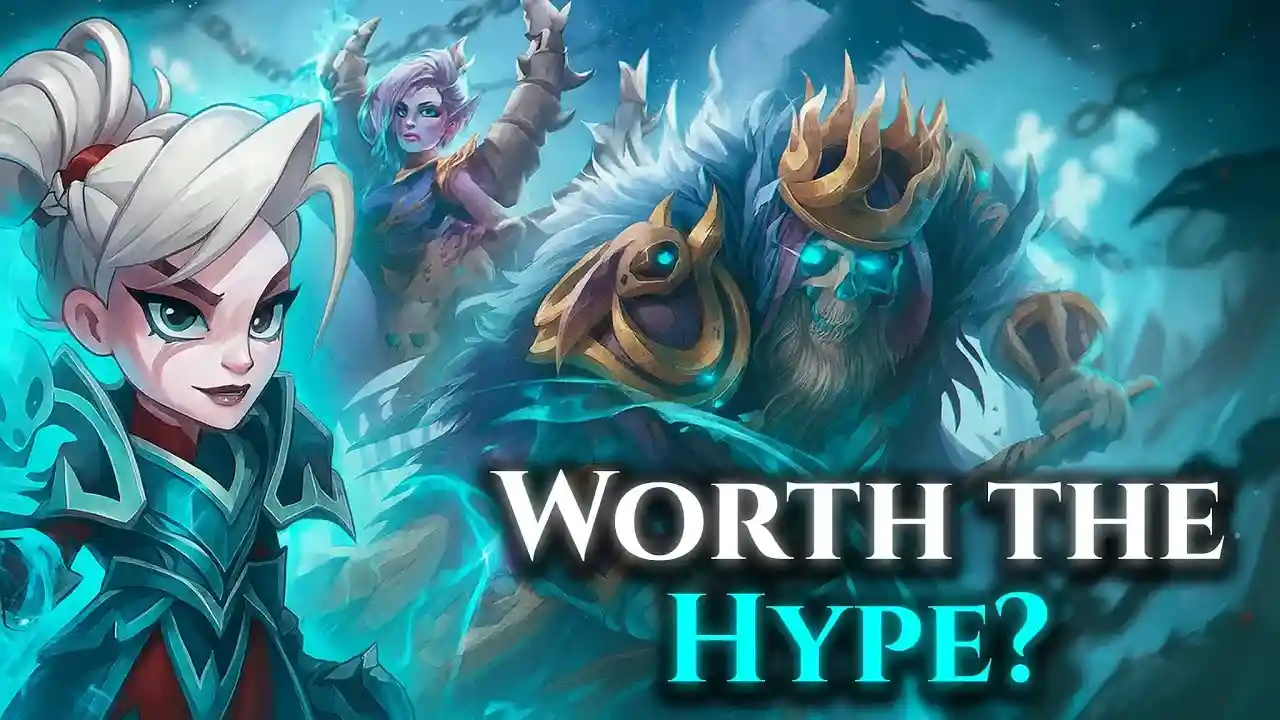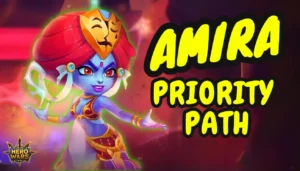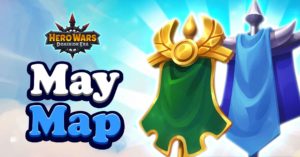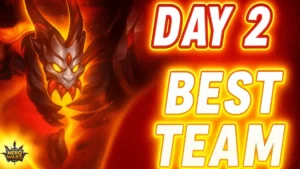When it comes to dominating both offense and defense in Hero Wars, few teams stir as much excitement—and debate—as the Hero Wars Undead Team. With the introduction of Lyria shaking up the meta, Keira fully reworked into the undead class, and Corvus continuing his reign as a top-tier tank, many players are left wondering: is the undead lineup truly worth the investment, or just a passing trend?
This in-depth guide explores how the Hero Wars Undead Team performs across game modes, how it compares for beginners vs. advanced players, and whether the synergy between Corvus, Lyria, Keira, and Morrigan delivers consistent results.
Understanding the Core of the Hero Wars Undead Team
The standard Hero Wars Undead Team usually includes Corvus, Lyria, Keira, and Morrigan, with a flexible fifth slot often filled by a support hero like Nebula or a healer like Dorian. The team surged in popularity following Lyria’s release in May 2025 and has proven formidable in both Arena and Guild War scenarios.
Whether you’re focusing on an offensive lineup or building a rock-solid defense team, the undead synergy is hard to overlook. But understanding whether this composition is right for your roster depends on your progress and playstyle.
Should Beginners Build the Hero Wars Undead Team?
For beginner and intermediate players, building the full undead lineup might seem tempting, but it comes with risks. One common pitfall is spreading resources too thin across multiple heroes instead of focusing on developing one at a time.
If you’re just starting out, the best approach is to invest heavily in a core damage dealer—Keira is a fantastic option for this. With her undead rework, Keira can now benefit from key buffs provided by Corvus, Lyria, and Morrigan. From there, you can begin adding in a tank or support based on your needs.
While Phobos may offer decent value early on, he tends to fade without serious investment. He also faces competition from more efficient support units like Sebastian, Dorian, and Nebula. For those looking for Hero Wars beginner team tips, starting with a focused build around Keira and gradually adding synergy pieces is a smart way to scale without waste.
When Advanced Players Should Turn to the Undead Lineup
If you’ve already unlocked and leveled most of the meta-relevant heroes, chances are good that the undead composition is within reach. For advanced players, the Hero Wars Undead Team is one of the strongest all-around formations available.
It performs well in Hero Wars Arena team battles, especially when you’re pushing through higher-tier brackets or dealing with enemy teams stacked with dodge, magic defense, or high-damage outputs.
Hero Breakdown: Why These Undead Heroes Shine
Corvus and the Power of Strike of the Damned
Hero Wars Corvus is the lynchpin of this lineup. His Strike of the Damned is a game-changing skill that reduces armor, magic defense, and dodge from frontline enemies. The more undead allies he has beside him, the more devastating his presence becomes. Even outside the undead comp, Corvus remains a reliable tank who fits into many Hero Wars team compositions.
Morrigan and Her Skeleton Army
Hero Wars Morrigan adds layers of survivability and disruption with her Army of Graven, summoning skeletons that protect your backline and occasionally dish out serious damage when boosted. Her Bone Armor grants buffs to armor and magic defense while healing undead allies, making her a core member of the team.
Lyria: Meta-Breaking Support
Since her release, Hero Wars Lyria has become a top-tier support with tank-level health and meta-defining skills. Her Shackles of Doom severely reduces dodge, countering heroes like Dante and Aurora. Meanwhile, her Bond of Alliance links her to the strongest physical attacker—usually Keira—providing vampirism and a damage boost. Lyria’s unique utility is a big reason why the Hero Wars Lyria meta continues to dominate.
Keira: Reborn and Ruthless
The Keira undead rework cemented her place as the team’s main damage dealer. With synergy buffs from the other undead members, she becomes a nightmare for opponents. Her damage, survivability, and ease of access make her ideal for new and seasoned players alike. She shines especially in Hero Wars offensive lineup strategies.
Phobos: Optional but Situational
Hero Wars Phobos is a polarizing pick. While his Trembling Hands skill can reduce physical attack and help in specific matchups, he’s not essential to the undead core. Many players opt for more flexible or supportive choices like Dorian, Sebastian, or Nebula—especially in high-level play.
Hero Wars Undead Team Strategy in Action
Whether you’re facing off in Hero Wars Guild War strategy battles or climbing the Arena ladder, the undead team thrives when built smartly. The synergy between these heroes allows them to counter many meta teams—particularly those relying on dodge or burst damage.
But remember: flexibility matters. While Corvus, Lyria, Keira, and Morrigan are powerful together, they also work well in other lineups. Knowing when to swap in different heroes depending on the opponent can make all the difference.
Final Thoughts: Is the Hero Wars Undead Team Right for You?
The Hero Wars Undead Team offers an incredible mix of power, survivability, and synergy that appeals to players across all levels. For veterans with wide rosters, it’s a must-have strategy. For beginners, it can become a long-term goal—starting with Keira and slowly building toward the full undead synergy.
Don’t lock yourself into one formation. Experiment, adapt, and refine your builds based on what your team needs and how your opponents evolve.
Video Content:




